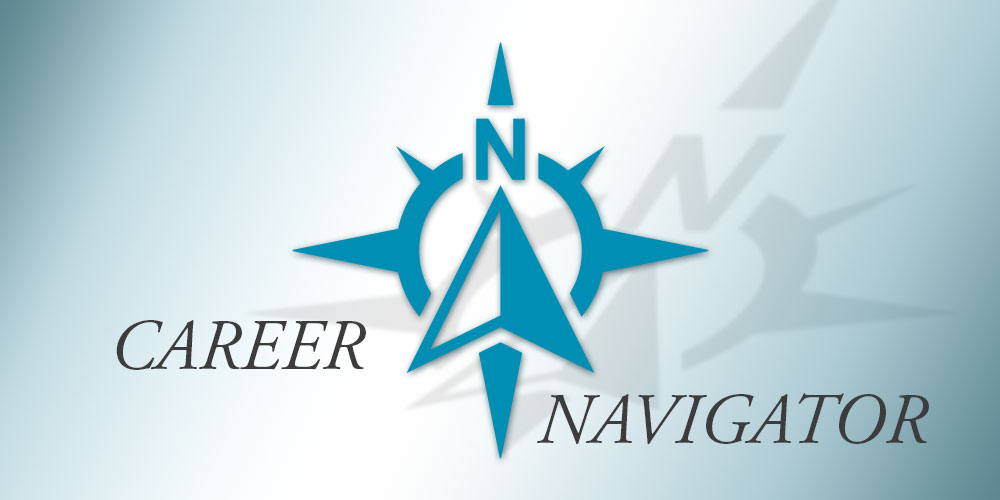
By Mr. Michael Bold
DAWIA requires career-long education for AAW members; it’s up to you to make the most of it.
“Intellectual growth should commence at birth and cease only at death.”
― Albert Einstein
And if you’re a member of the Army Acquisition Workforce (AAW), intellectual growth in the form of continuous learning is just as it sounds―continuous. When the Defense Acquisition Workforce Improvement Act (DAWIA) became law in 1990, it envisioned a professional acquisition workforce that was not only well-educated in the acquisition process, but also constantly upgraded that education.
The Continuous Learning Policy was enacted to make certain that, for members of the AAW, education was a career-long process. AAW members must acquire 80 continuous learning points (CLPs) every two-year period—two fiscal years. The current CLP period began Oct. 1, 2016, and ends Sept. 30, 2018.
The Army Director for Career Management (DACM) Office suggests front-loading a “glide path” of CLPs:
- 45 CLPs acquired during the first six months.
- Five more by the end of the first year (for a total of 50).
- 10 more at the 18-month mark (a total of 60).
- The final 20 to finish the two-year period at the required 80 points.
That’s according to Scott Greene, chief of the Leader Development Branch of the Army DACM Office. “A lot of people wait until the last couple of months,” he said. “We strongly suggest workforce members, in coordination with their supervisors, develop a training plan.”
Points are awarded for academic and training courses, including courses required for DAWIA certification; professional activities related to acquisition such as exams, licenses or certificates; teaching or lecturing; making presentations at or attending symposiums or conferences; and writing for publications (such as Army AL&T). While there are guidelines for point credits, it’s up to each supervisor to make the decision on point awards. Points can only be awarded for the fiscal year in which they were accomplished.
Selecting which CLPs to pursue should not be a random exercise, Greene said. “It shouldn’t be about the amount you do; make it about the quality.”
Remember, Greene said: You’re your own best career manager. If you find a program you like, add it to your Individual Development Plan (IDP) and discuss it with your supervisor. (For more on IDPs, see “The Individual Development Plan,” Army AL&T, July – September 2017) “Make it about something you want to do,” he continued. “If you’ve already got your certification, continuous learning is about making sure you’re still relevant. … Make it relevant to your actual job.”
Multiple avenues to pay for training are available to the AAW: command training funds, career program money for civilians, central funding opportunities and the Defense Acquisition Workforce Development Fund.
It’s up to each employee to keep track of CLPs, which is easy to do on the IDP, accessible through the Career Acquisition Personnel and Position Management Information System (CAPPMIS) portal at https://apps.asc.army.mil/camp/. CAPPMIS also contains all the information employees need to access training funds, Greene said. (A Common Access Card is needed to log in.)
Supervisors play a key role in continuous learning. They must provide adequate time for the continuous learning activities and help the employee plan and document their CLPs. A new dashboard feature on the January update to the IDP uses a “stoplight” color scheme to signal, among other things, the employee’s CLP status. For CLPs that don’t automatically enter into CAPPMIS, your supervisor can agree on the CLPs claimed, or decide that more or fewer CLPs are merited.
The Army DACM Office tracks CLP compliance at the organizational level, not for individuals. Supervisors, acquisition career management advocates and organization acquisition points of contact receive monthly email blasts on their organization’s compliance level.
For more information, go to https://asc.army.mil/web/dacm-office/.
Recommended CLPs
| CREDITABLE ACTIVITIES | POINT CREDIT |
| Academic Courses | |
| Quarter Hour | 10 points per quarter hour |
| Semester Hour | 15 points per semester hour |
| Continuing Education Unit (CEU) | 10 points per CEU |
| Equivalency Exams | Same points as awarded for the course |
| Training Courses/Modules | |
| DAU Courses/Module | 10 points per CEU (see DAU catalog) |
| Awareness Briefing – No Testing/Assessment Associated | 0.5 point per hour of instruction |
| Continuous Learning Modules – Testing/Assessment | 1 point per hour of instruction |
| Other Functional Training | 1 point per hour of instruction |
| Leadership or Other Training | 1 point per hour of instruction |
| Equivalency Exams | Same points as awarded for the course |
| Professional Activities | |
| Professional Exam/License/Certificate | 10 to 30 points |
| Teaching/Lecturing | 2 points per hour; maximum of 20 points per year |
| Symposia/Conference Presentations | 2 points per hour; maximum of 20 points per year |
| Workshop Participation | 1 point per hour; maximum of 8 points per day and 20 points per year |
| Symposia/Conference Attendance | 0.5 point per hour; maximum of 4 points per day and 20 points per year |
| Publications | 10 to 40 points |
| Experiential/Developmental Learning Activities | |
| On-the-job Experiential Assignment | Maximum of 20 points per year |
| Rotational Assignment | Maximum of 40 points per year |
| Training with Industry | Maximum of 40 points per year |
| Integrated Product Team (IPT)/Special Project Leader | Maximum 15 points per year |
| IPT/Special Project Member | Maximum 10 points per year |
| Mentor | Maximum of 5 points per year |
Activities earn points only in the year accomplished, awarded or published.
(SOURCE: Army DACM)
ONLINE EXTRAS
See some of the learning and point-earning opportunities for FY18 here: https://asc.army.mil/web/career-development/programs/program-timeline/
This article will be published in the January – March 2018 issue of Army AL&T Magazine.
Subscribe to Army AL&T News, the premier online news source for the Acquisition, Logistics, and Technology (AL&T) Workforce.







